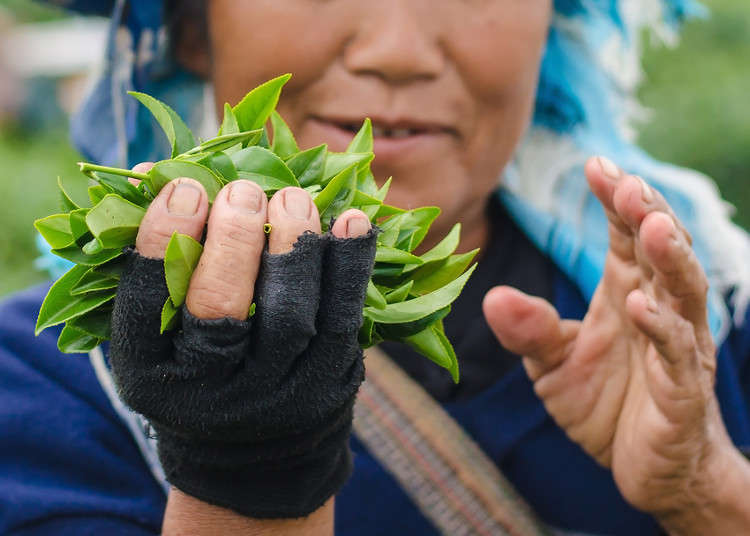
As discussed before, not any powdered tea can be called “matcha” – please see Matcha – Definition and Types for an in-depth explanation. As such, the way green tea is planted, harvested, and processed is fundamental to what makes a product an authentic matcha tea.
Plantation
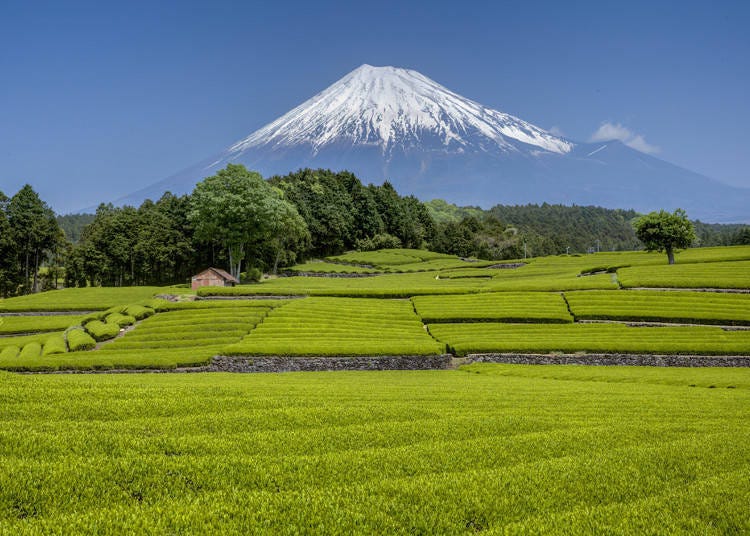
Matcha comes from the same plant that is used to make most of the green, oolong, and black teas: camellia sinensis. However, its growth, harvest, and production style are different from other teas. Depending on the variety used, the quality might greatly differ as well. The highest grade matcha is said to be from the samidori, okumidori, and yabukita, three Japanese tea cultivars.
In the beginning of April, growing tea buds are completely shaded for at least 20 days. This is a crucial part of the production process: slowly and gradually decreasing the amount of sunlight reduce the rate of photosynthesis, inhibiting the flavor component, the theanine, from changing to tannin. In the end, this is what gives a great matcha its unique flavor, with no traces of bitterness and a brilliant green color.
Harvesting the Tea Leaves
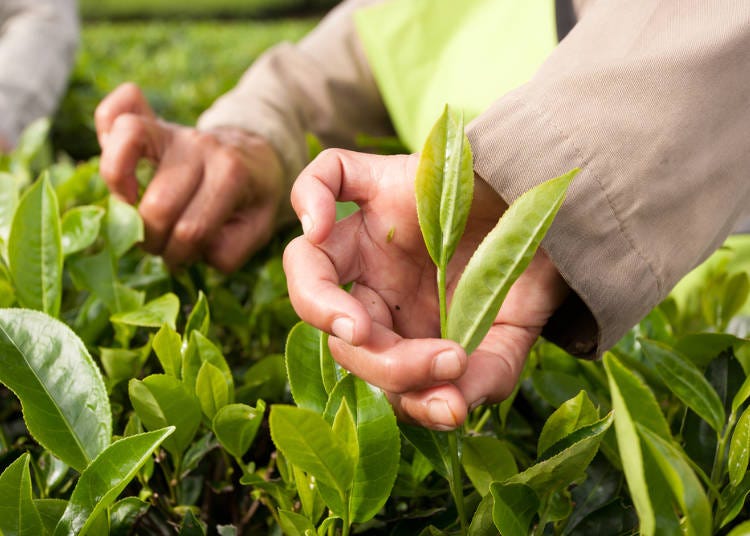
On the 88th evening since the first day of the spring, the year's first tea pickings usually begin as summer draws close. This typically occurs in early May. Only the smallest and youngest parts of the plant are picked, and the young leaves harvested on that day are usually known as the absolute finest in quality and flavor.
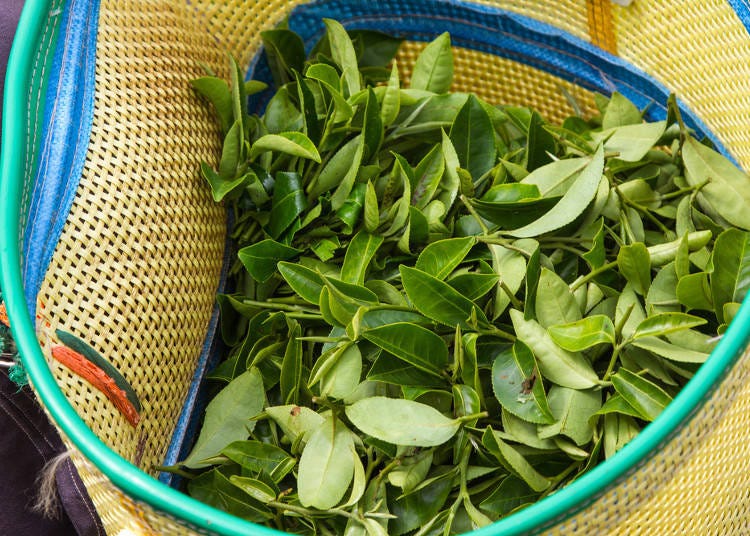
The Steaming Process
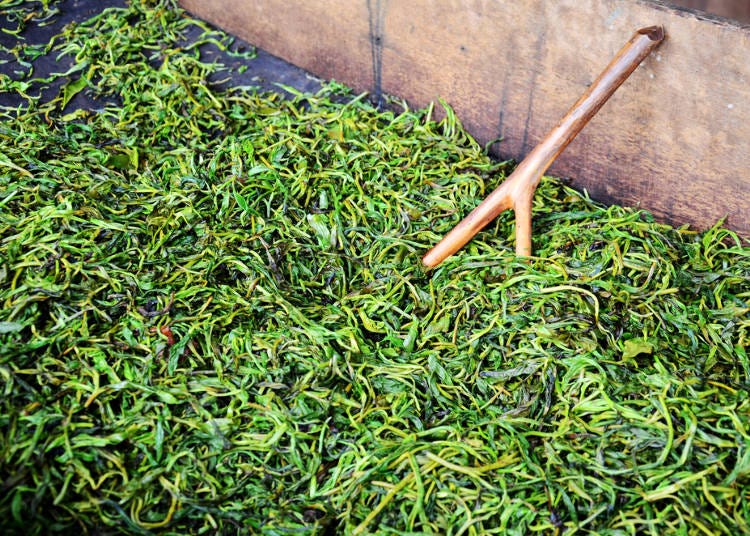
To stop further oxidization and retain the vivid green color, freshly harvested tea leaves must be steamed at very high temperature. This is one of the key differences between Japanese and other types of teas.
Cooling / Drying
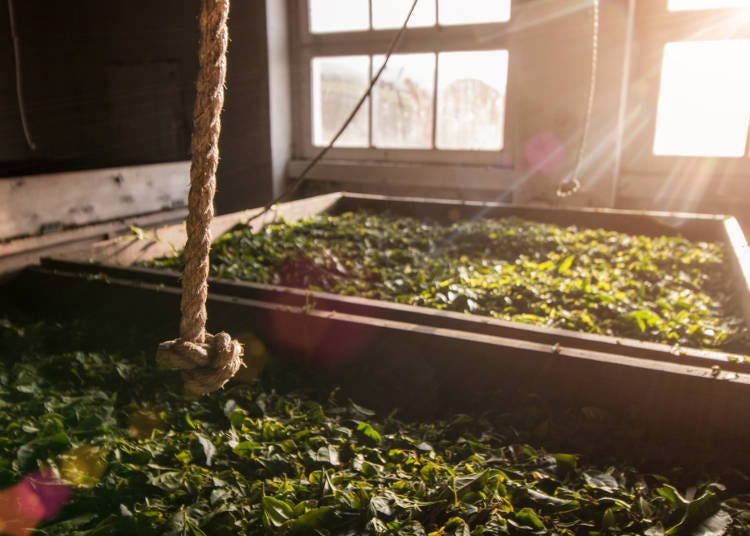
After the steaming process, the tea leaves pass through a multi-chambered air machine where they are blown around and cooled. Next, they pass through large cages equipped with heated blowers. At this stage, the leaves are called aracha (荒茶), or Crude Tea.
Sorting, Destemming, and Deveining
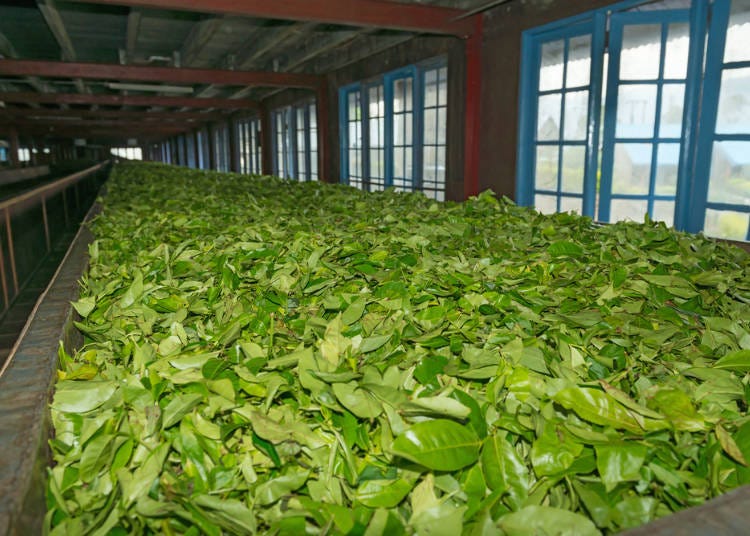
Once dry, the leaves are sorted for grade. This is followed by the task of removing the stems and veins from the aracha, something that is usually done in a special drum-like machine. The part that remains is called tencha (碾茶), the raw material for matcha powder, and has usually a dark green color.
Grinding
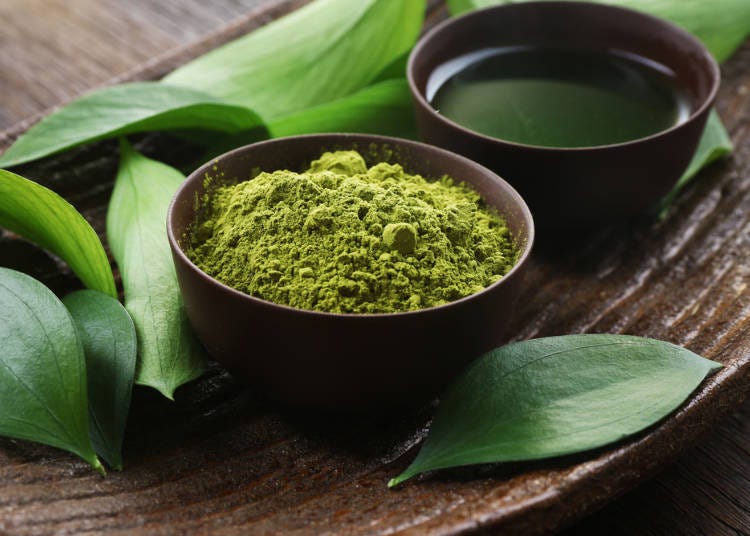
The final step is the grinding of the tencha leaves into a fine powder. In the old days, this was done manually on a stone mill but now, large granite wheels that rotate very slowly are used. The powder particles that are grinded by this process are only about 4 microns small. The process takes a very long time as well, usually one hour to grind between 30 to 70g of matcha. The resulting powder must be refrigerated at low temperatures quickly, otherwise, it will begin to oxidize and lose its flavor.
- Area
- Category
*Prices and options mentioned are subject to change.
*Unless stated otherwise, all prices include tax.
Popular Tours & Activitiess
Recommended places for you
-

Farm Tomita
Other Nature
Furano / Biei / Sounkyo
-
Appealing

Shiroi Koibito Park
Theme Parks
Sapporo / Chitose
-
Appealing

Rukku and Uohei
Izakaya
Sapporo / Chitose
-
Appealing

Sapporo Ramen Yokocho
Ramen
Sapporo / Chitose
-

Hokkaido University
Other Architecture
Sapporo / Chitose
-
Appealing

Odori Park
Parks
Sapporo / Chitose
-

How to Get Don Quijote's Exclusive 2025-2026 Winter Gift (+Tax-Free Savings)
-
Ad

Complete Guide to Ueno's National Museum of Nature and Science, the Perfect Place to Visit on Rainy Days or With Children
-

Japan’s Shinkansen Is About to Change Travel in an Unexpected Way
by: Guest Contributor
-

This Winter, Godzilla Takes Over Haneda Airport
by: Guest Contributor
-

Jujutsu Kaisen Takes Over JR East With a Wrapped Shinkansen This Winter
by: Guest Contributor
-
Ad

(Opening in Jan 2026) 'THE SUMO LIVE RESTAURANT HIRAKUZA GINZA TOKYO!' 5 Exciting Ways to Experience the World of Sumo!
-

Sapporo Beer Museum Experience: Sample Draft Beers, Chow Down on Mutton BBQ!
-

Otaru Travel Guide: Inside Hokkaido's Leading Destination (Sightseeing, Food, and Shopping Tips)
-

(Video) Walking Tour along Narita Omotesando - Quaint Historical Village near Narita Airport!
by: Victor Gonzalez
-

3 Japanese Spirits to Drink: Sake, Shochu, Umeshu
-

What are Meibutsu? The Incredible World of Japanese Regional Dishes (Not Just Sushi!)
-

Japan’s Insane Hello Kitty ‘Phantom Melon’
by: Cassandra Lord
- #best sushi hokkaido
- #things to do hokkaido
- #best ramen sapporo
- #what to bring to japan
- #new years in tokyo
- #what to buy in ameyoko
- #japanese nail trends
- #what to do in odaiba
- #onsen tattoo friendly tokyo
- #daiso
- #best sweets otaru
- #japanese fashion culture
- #best nature furano
- #japanese convenience store snacks
- #best japanese soft drinks
















